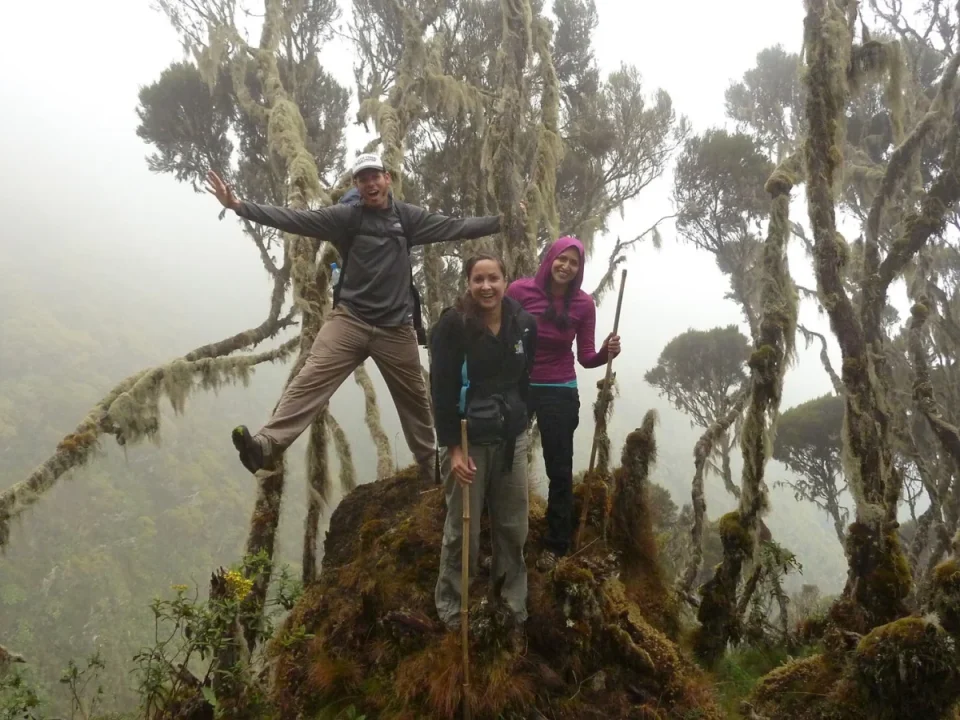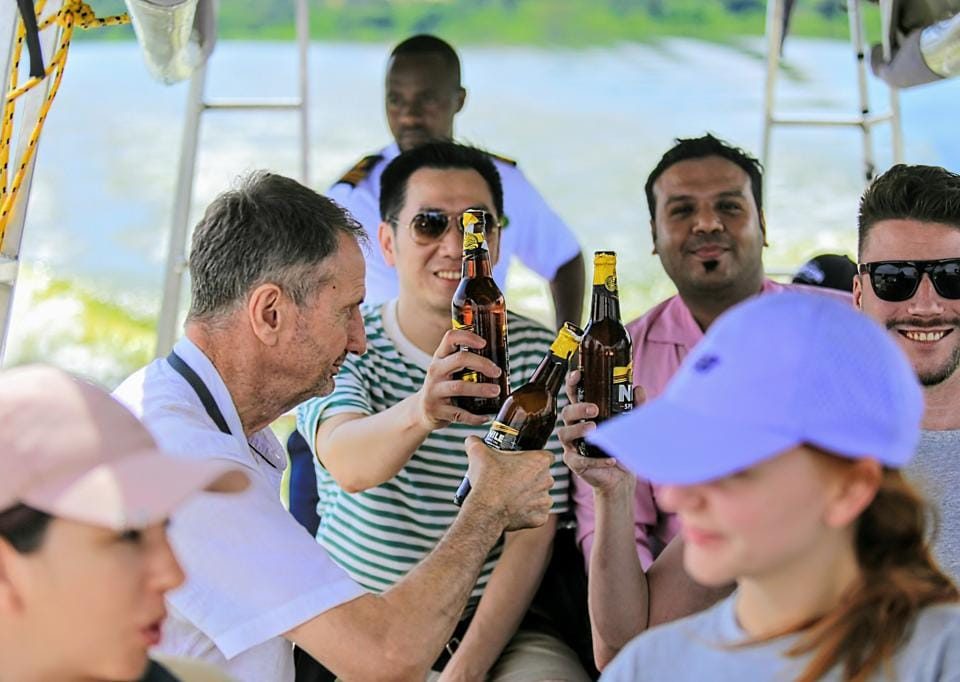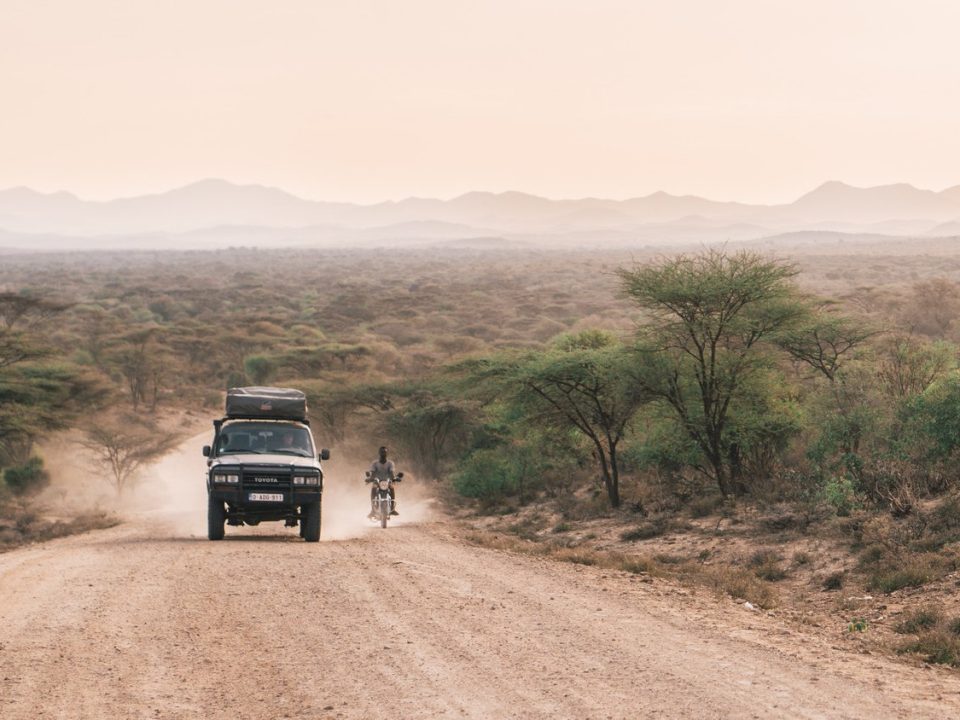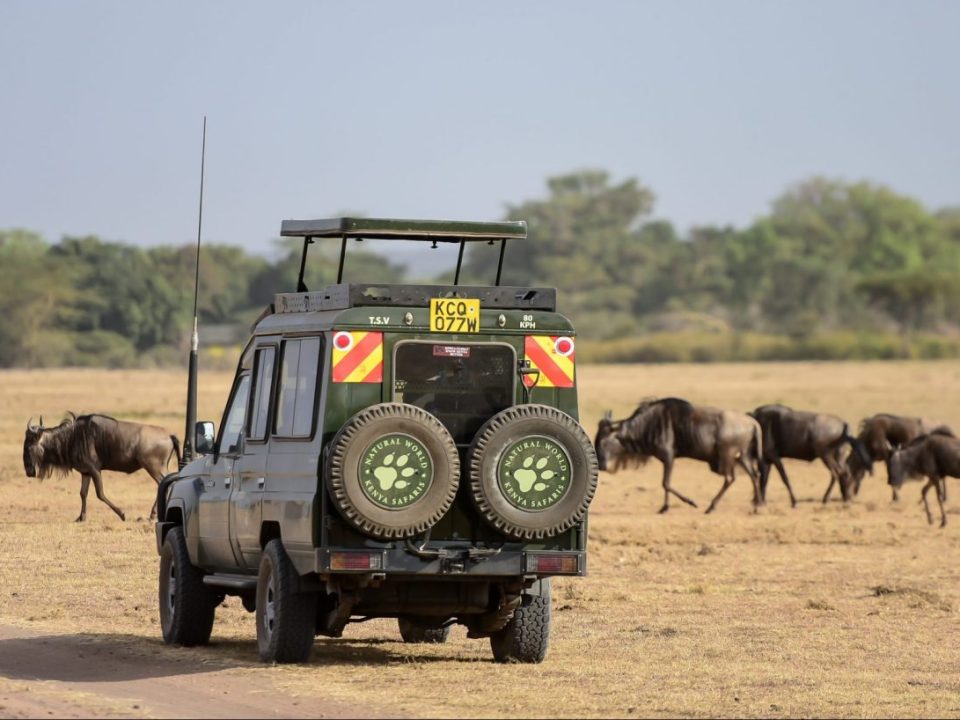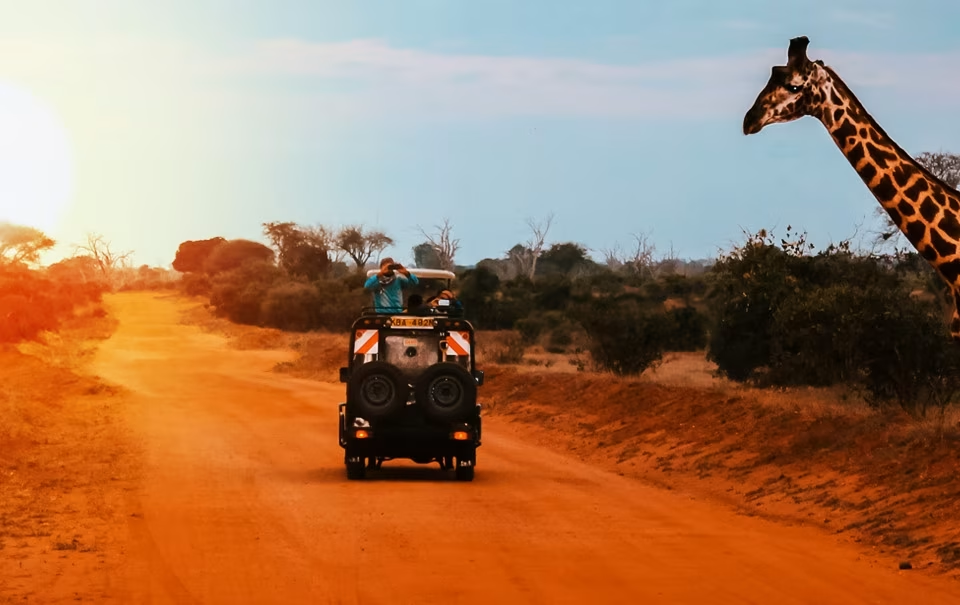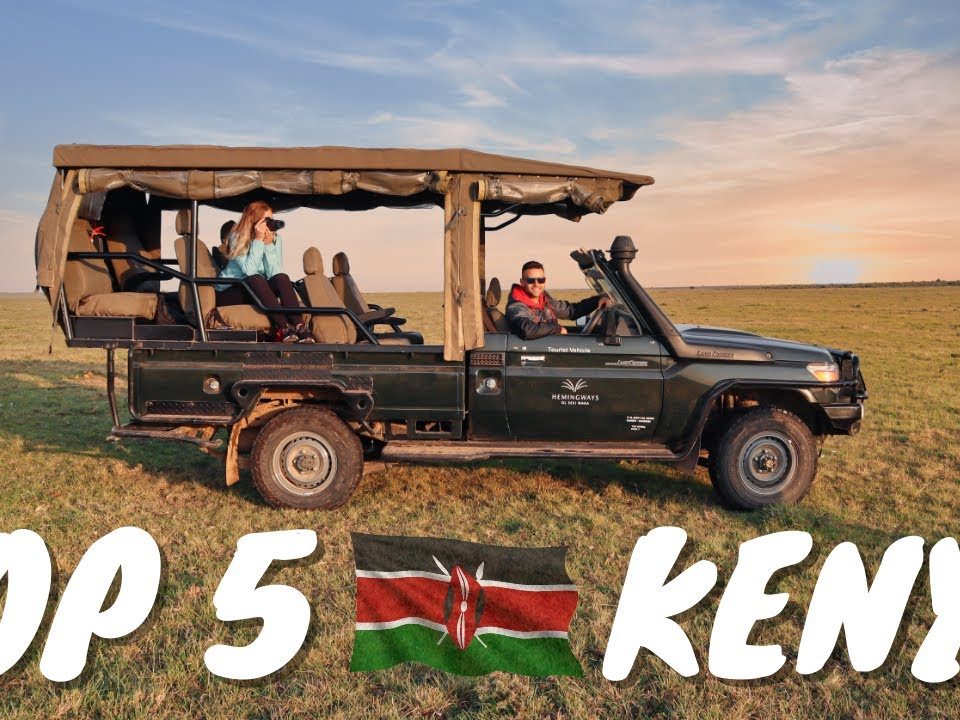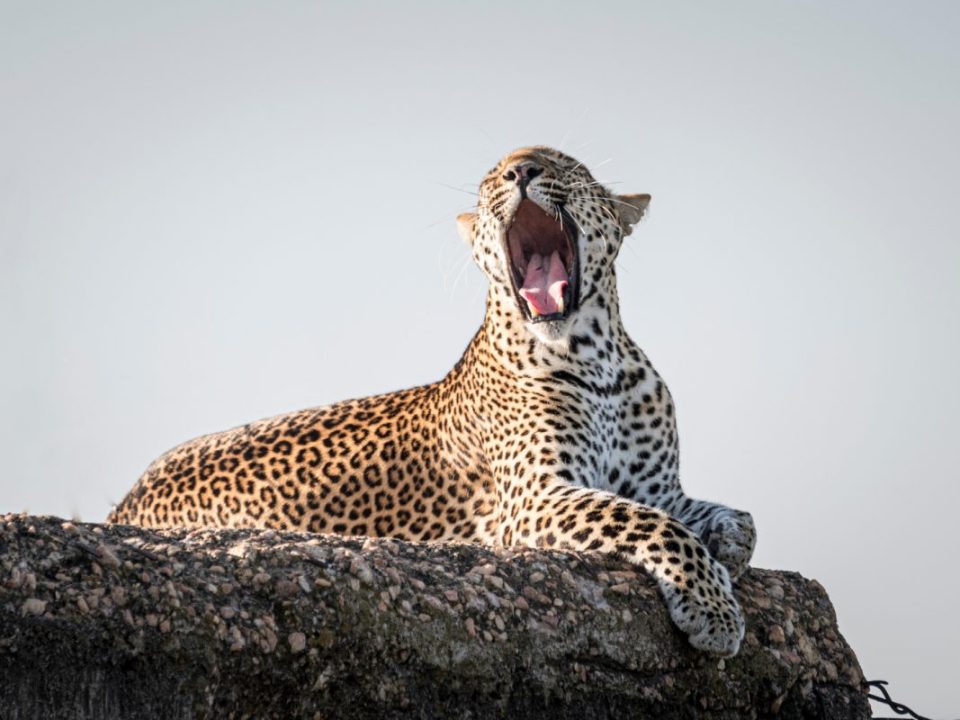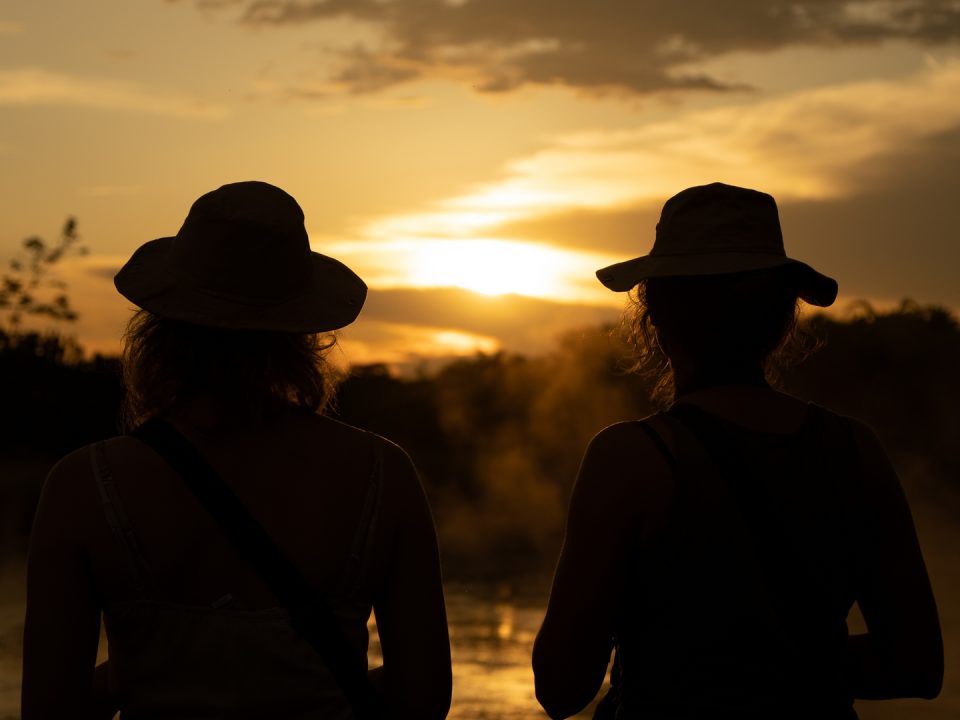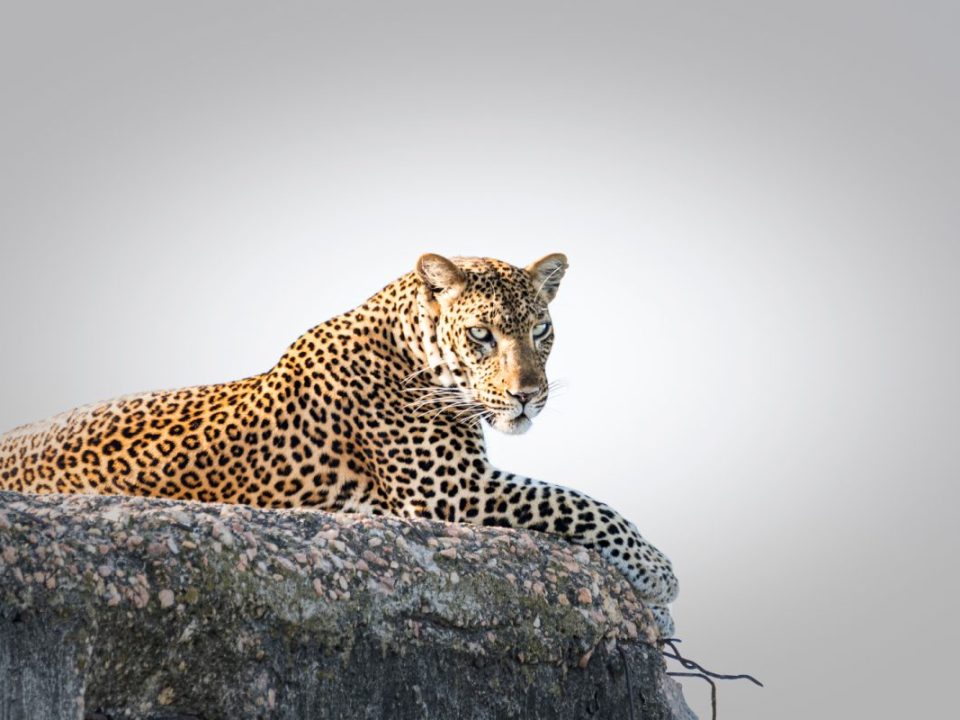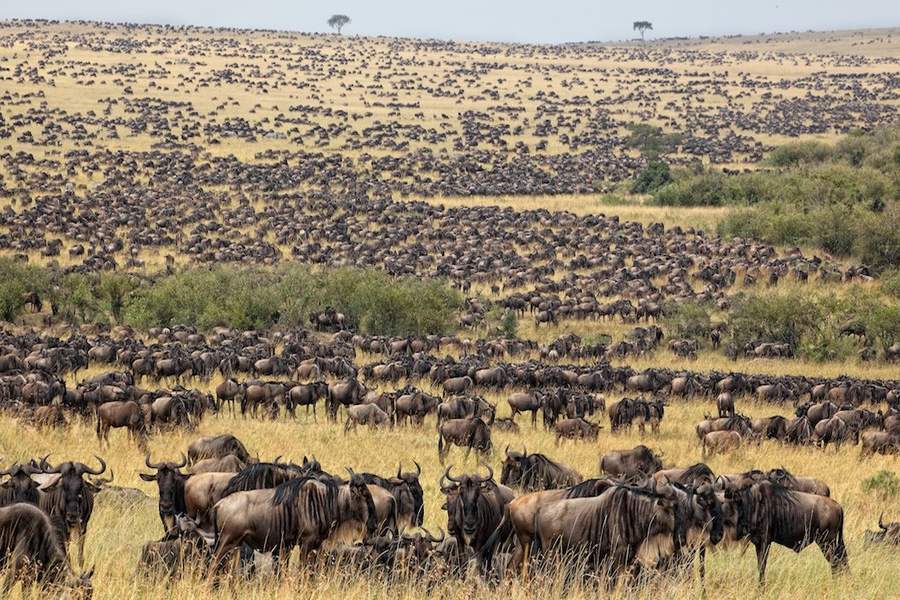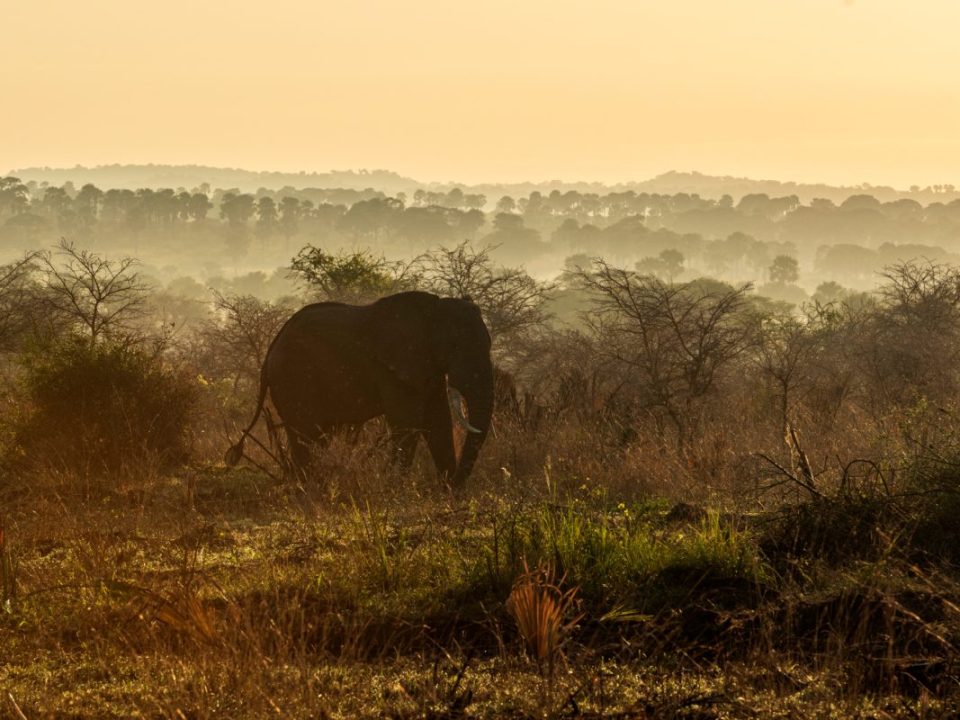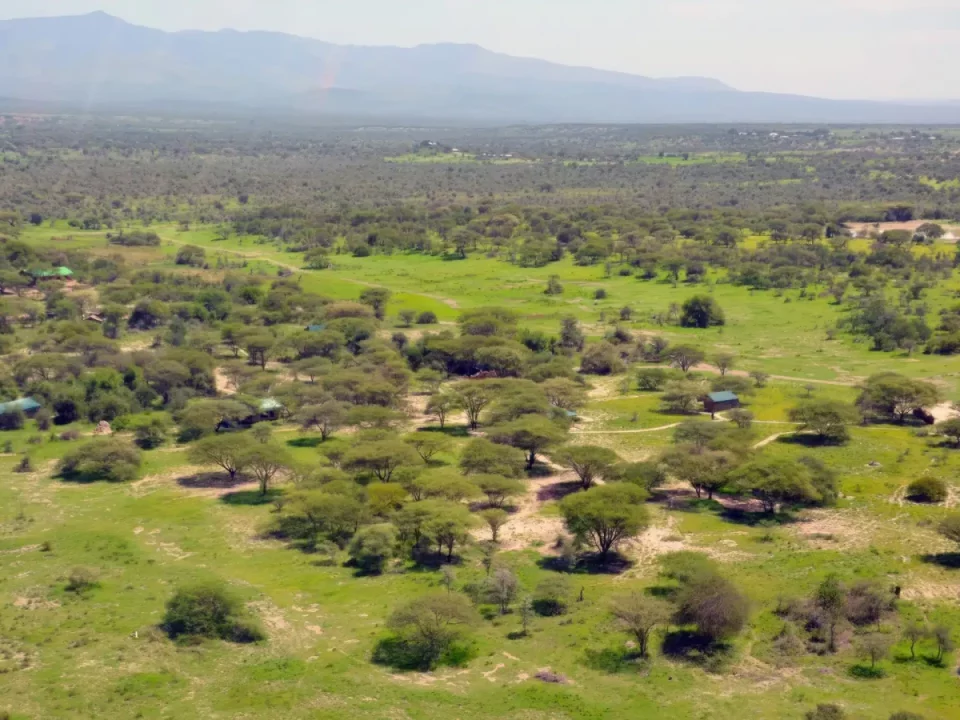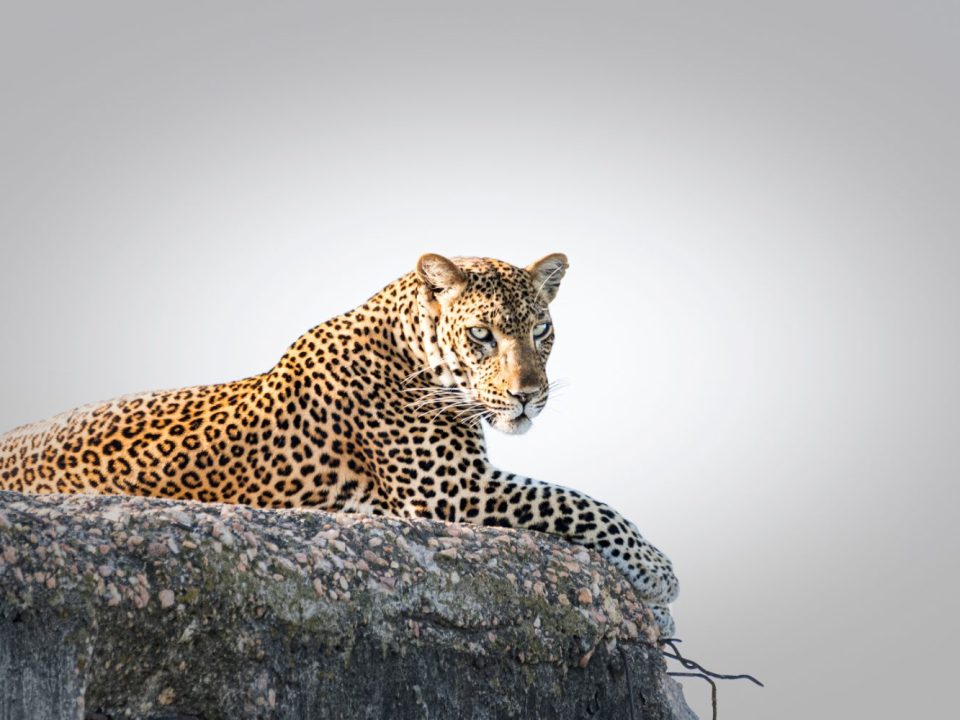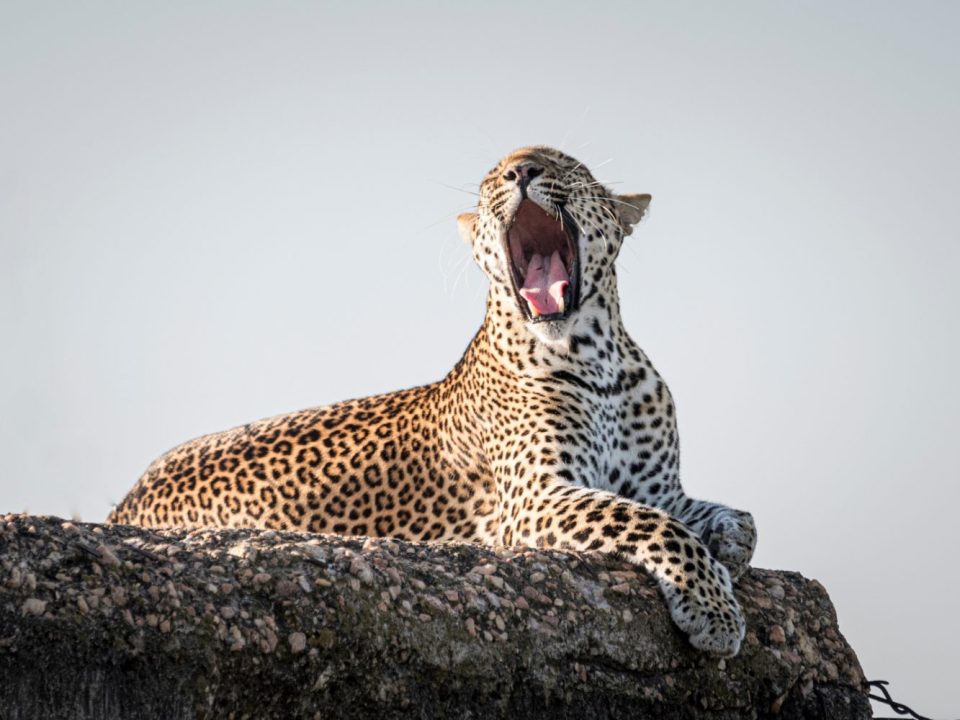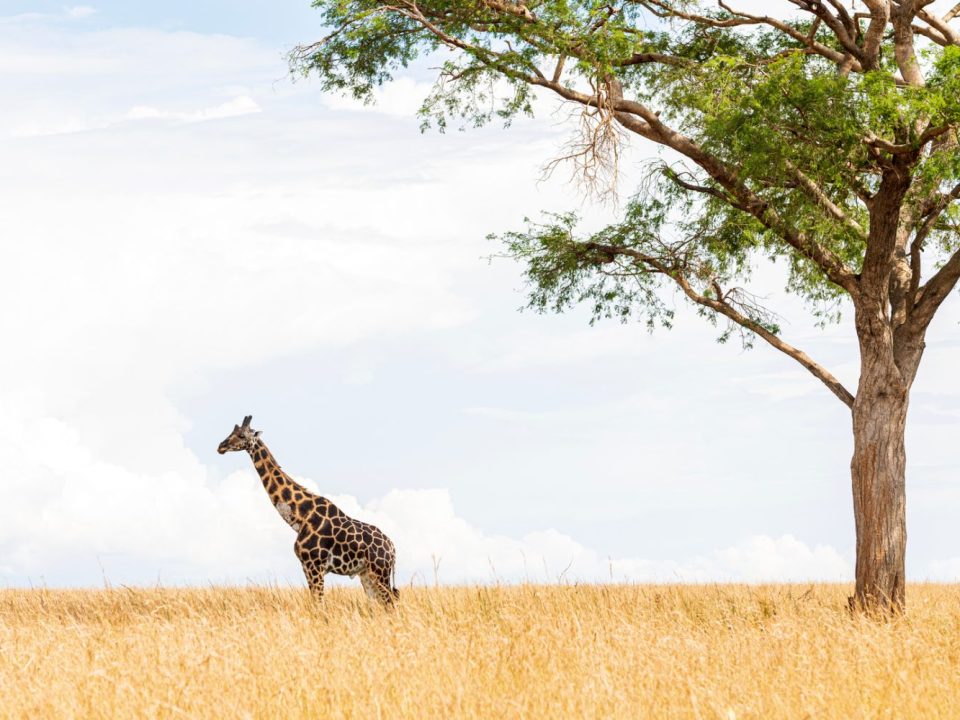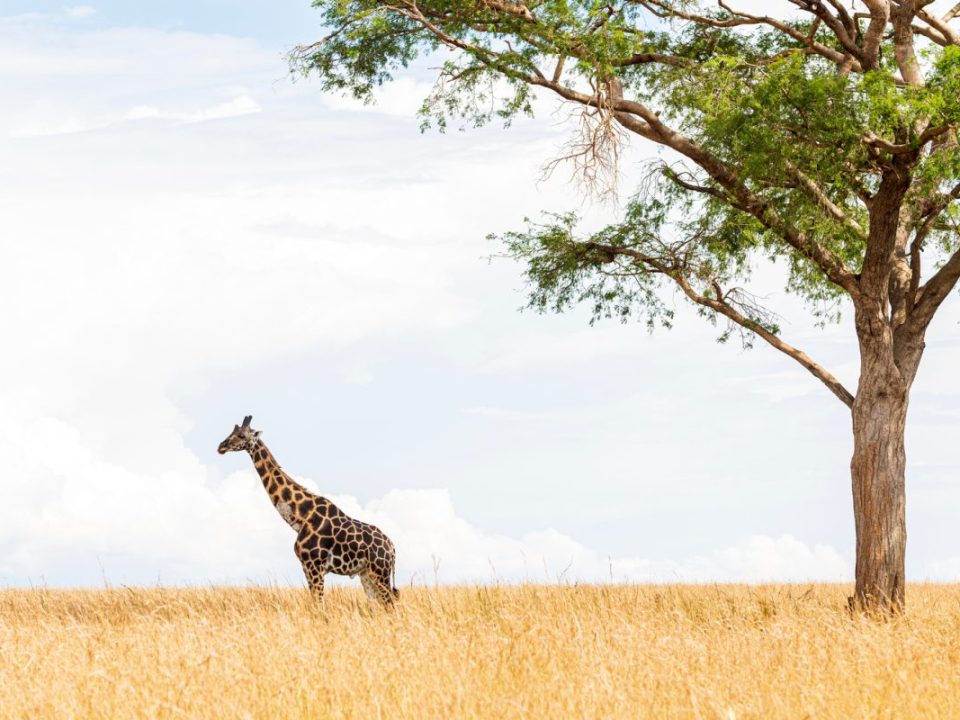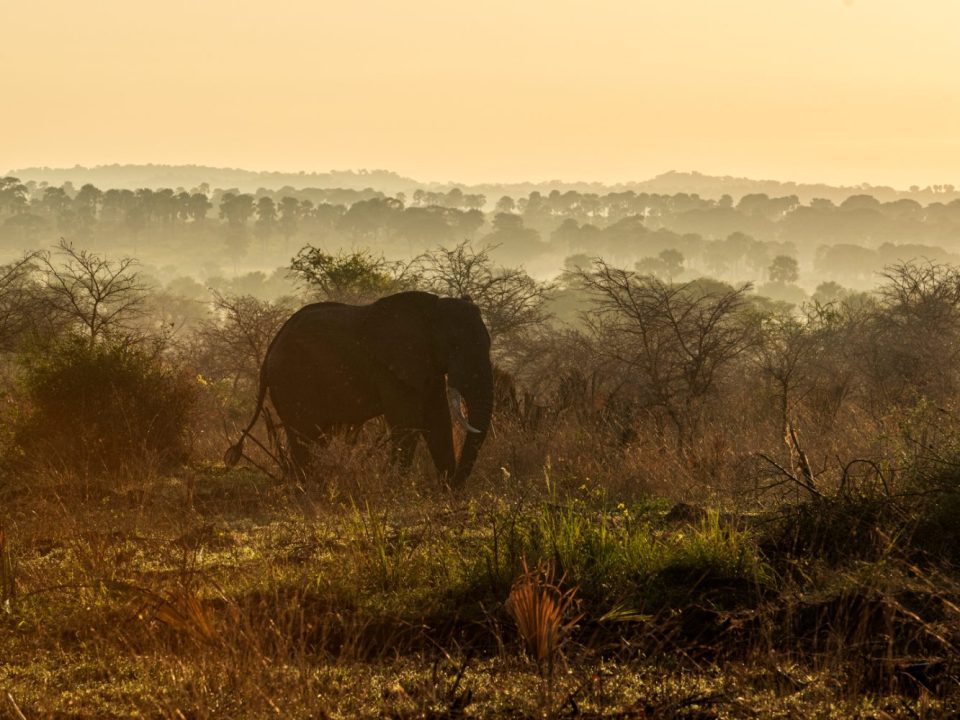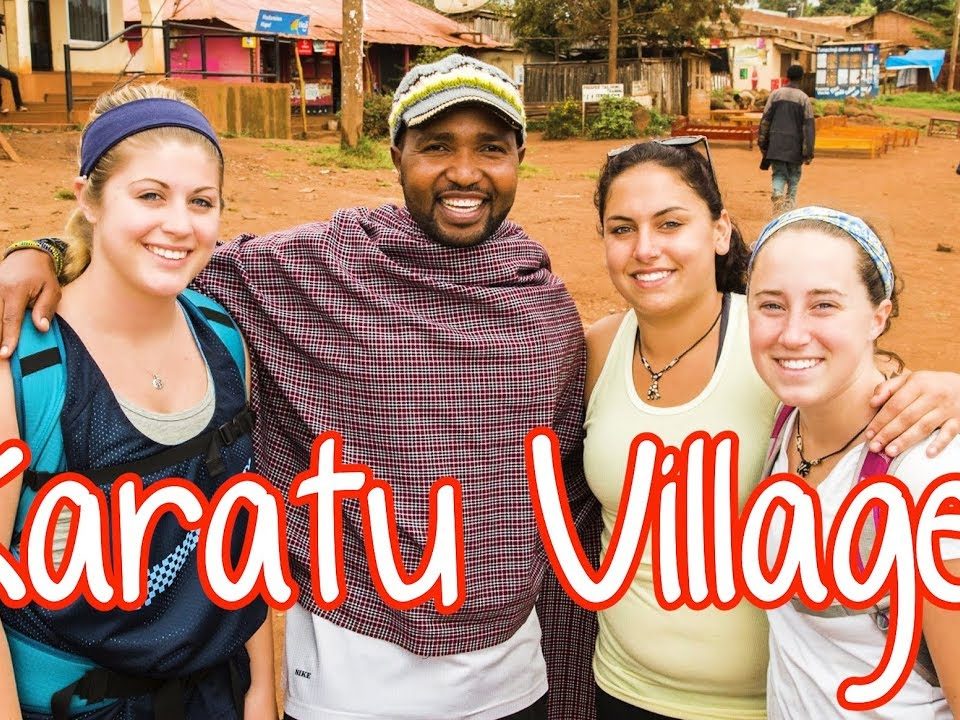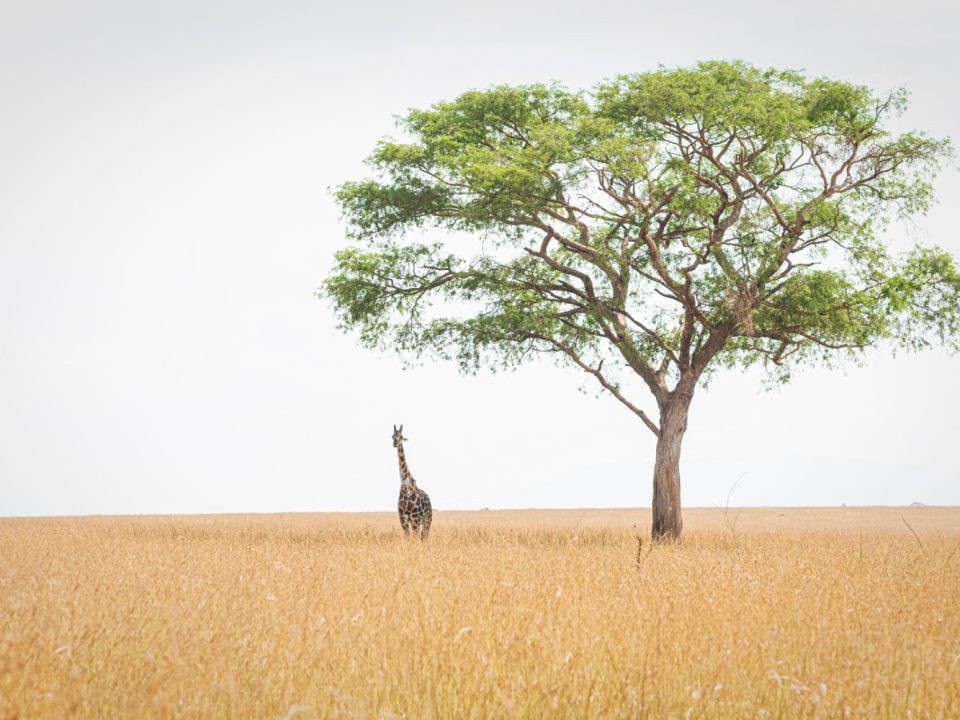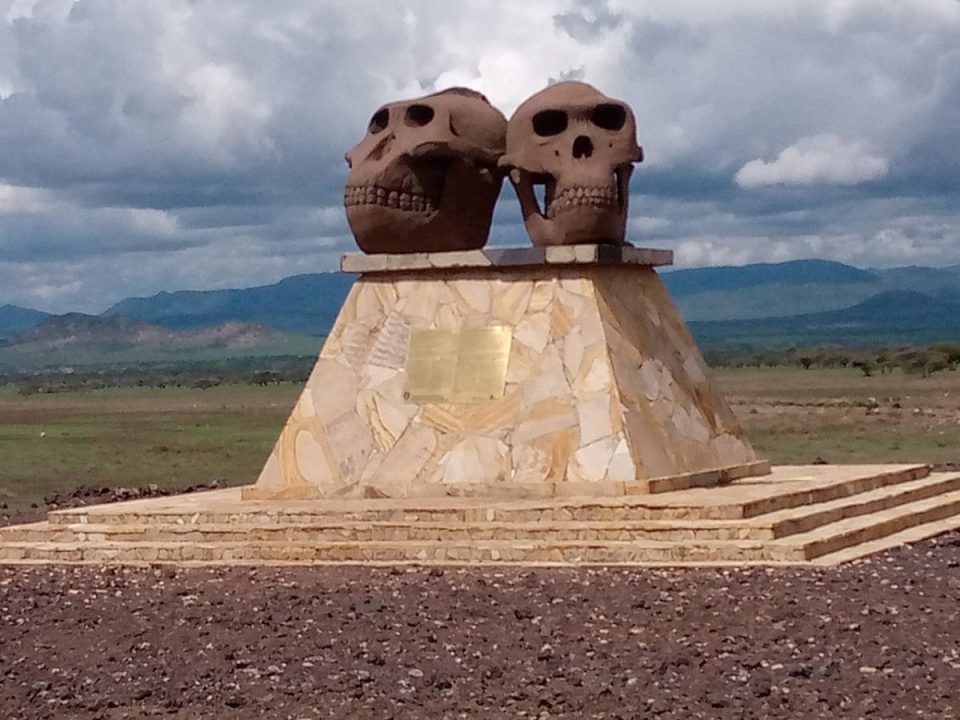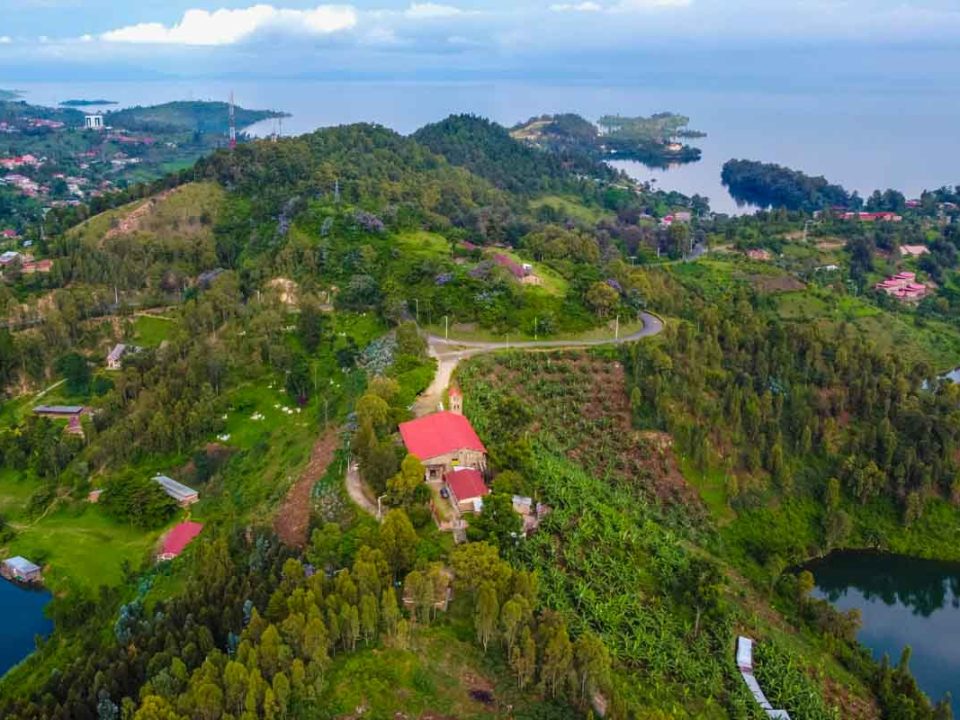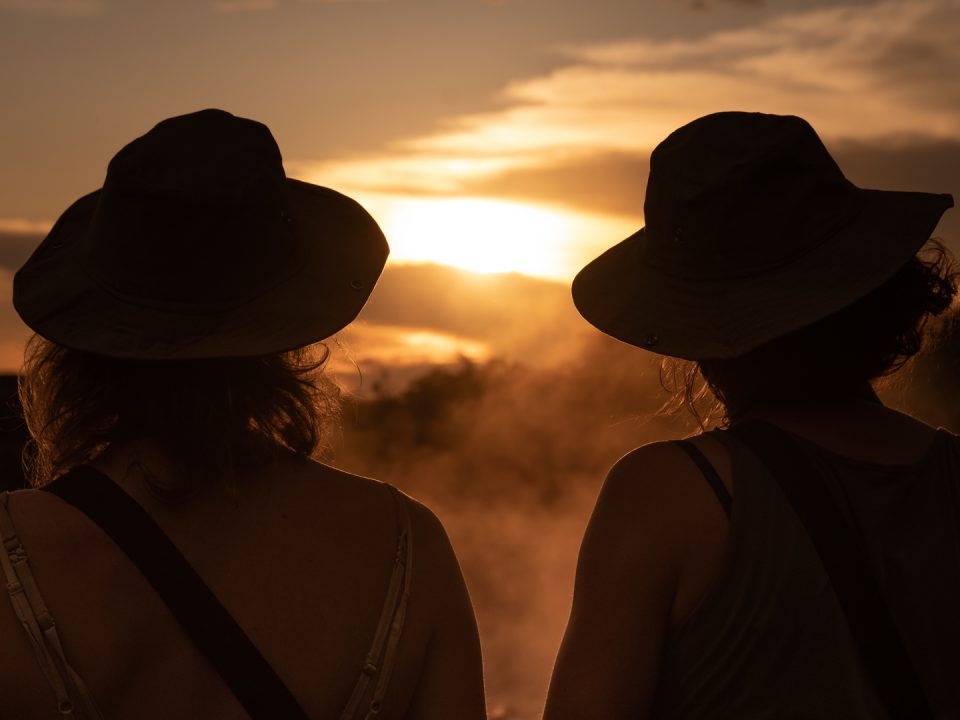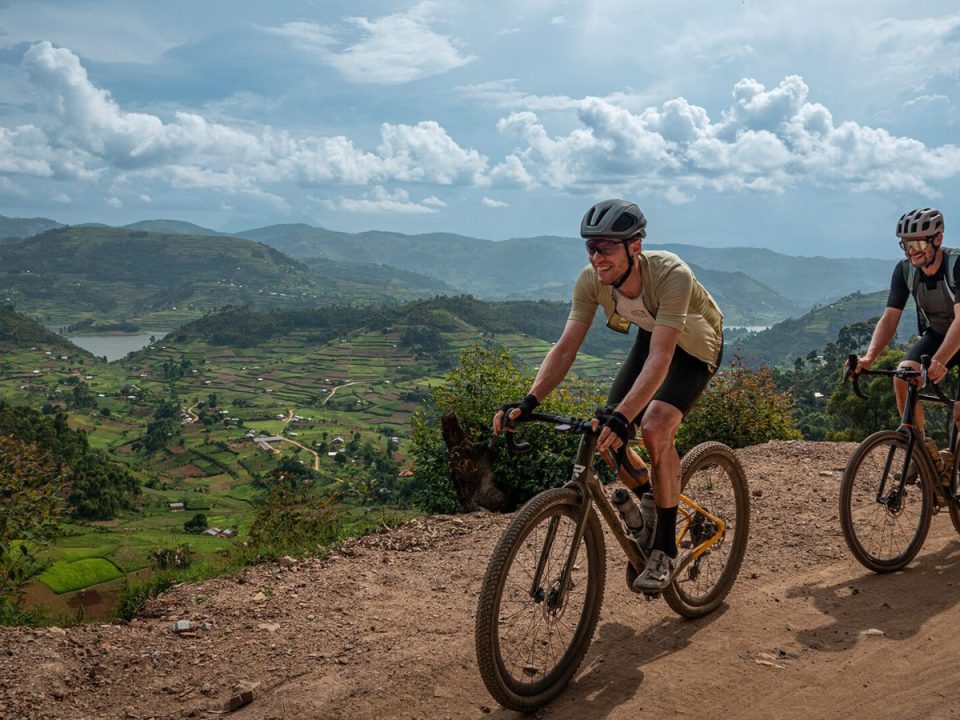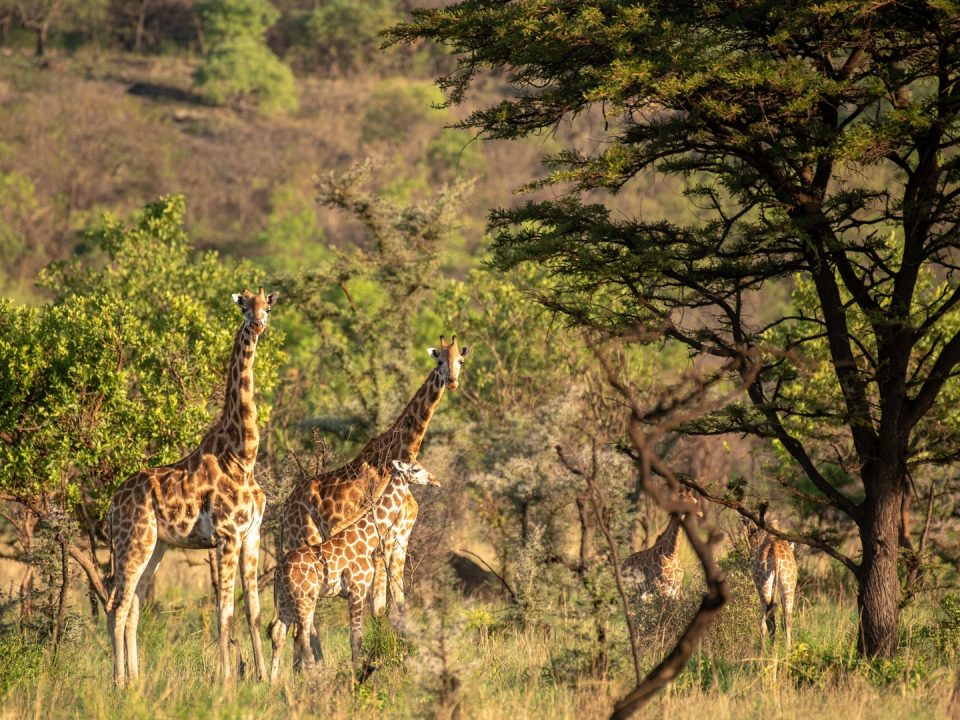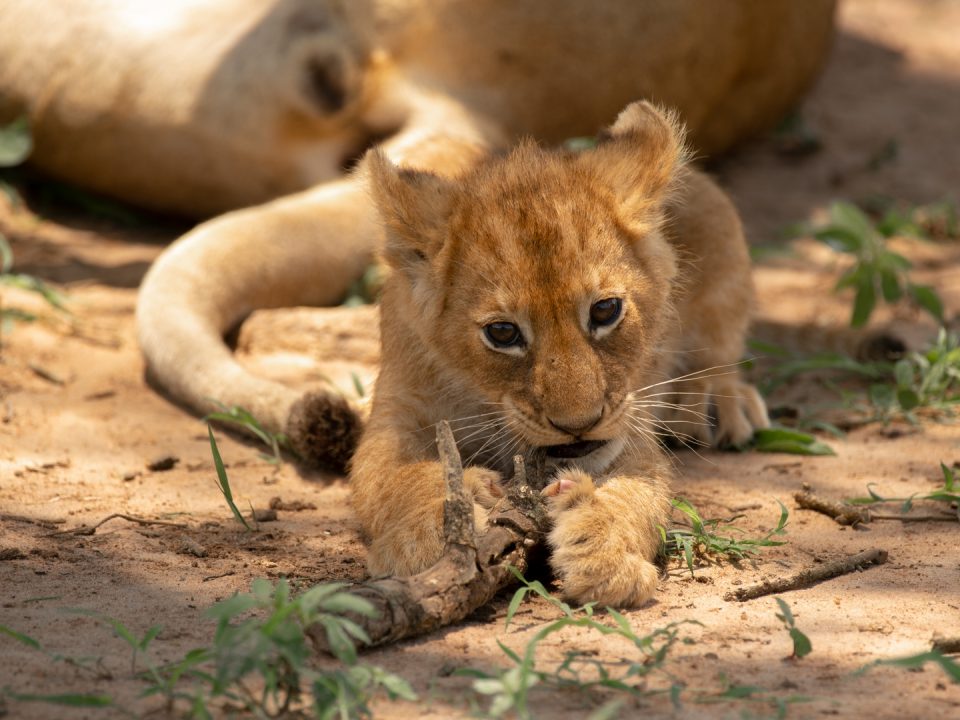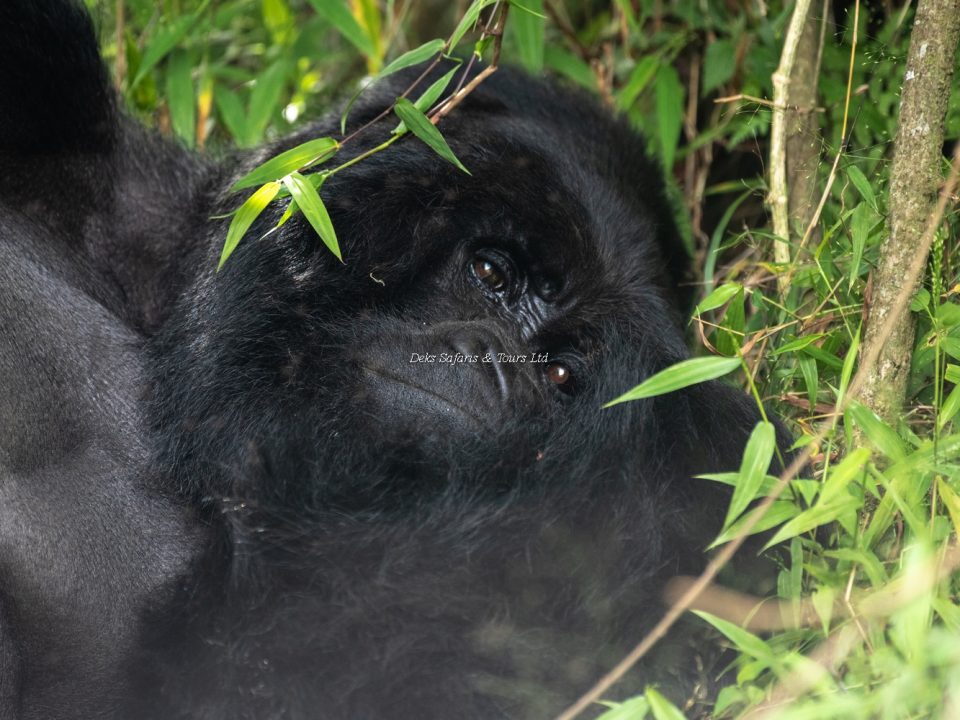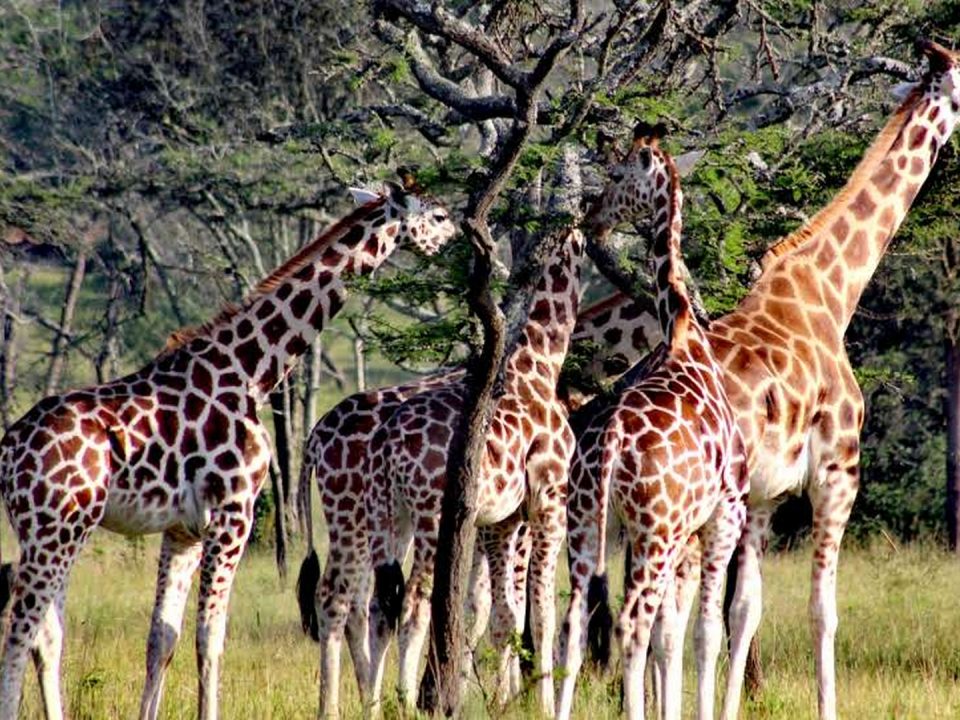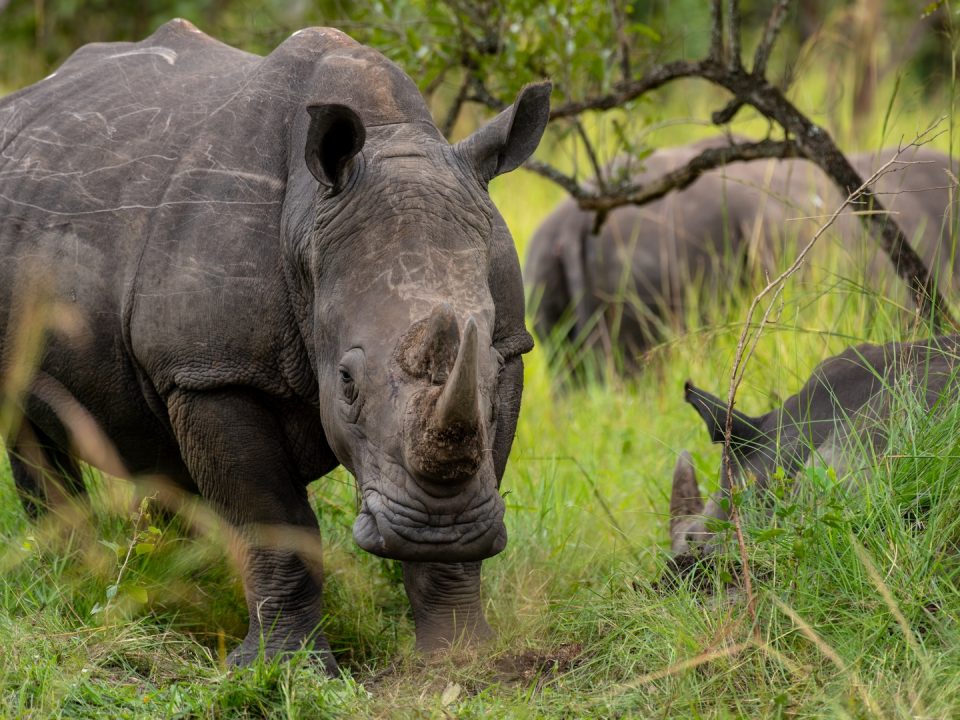Mount Bisoke 3,711 m (12,175 ft): Exceptional Guide for Hiking Mount Bisoke Volcano Rwanda
Exceptional Guide for Hiking Mount Bisoke Volcano Rwanda. Mount Bisoke, standing prominently at 3,711 meters (12,175 feet) above sea level, is a majestic stratovolcano located in the Virunga Mountains of Central Africa, straddling the border between Rwanda and the Democratic Republic of Congo. This iconic peak is part of the larger Virunga volcanic chain that stretches across the region, known for its dramatic landscapes and rich biodiversity. Mount Bisoke’s distinctive cone shape and its lush surroundings make it a compelling destination for adventurers and nature enthusiasts alike.
The ascent of Mount Bisoke is a challenging yet rewarding endeavor. Trekkers embarking on the journey to its summit are treated to an immersive experience through varying ecosystems. The trail begins in the lower montane forest, where hikers can observe an array of flora and fauna endemic to the region. As the altitude increases, the landscape transitions into Afro-alpine zones characterized by giant lobelias and senecios, creating a surreal and almost extraterrestrial atmosphere. The final stretch to the summit involves a steep ascent through volcanic scree, offering panoramic views of the Virunga Mountains and the crater lake that lies nestled within Mount Bisoke’s caldera.
The Geography of Mount Bisoke
Geologically, Mount Bisoke is part of the Virunga volcanic chain, which includes several other notable peaks such as Mount Karisimbi and Mount Nyiragongo. These volcanoes are remnants of the tectonic activity that shaped the East African Rift Valley millions of years ago. Mount Bisoke itself last erupted in 1957, leaving behind a crater lake, an enduring reminder of its volcanic past. This geological history adds a layer of intrigue to the mountain’s allure, attracting geologists and researchers interested in studying volcanic phenomena and their impact on the surrounding environment.
Beyond its geological and ecological significance, Mount Bisoke holds cultural importance for the communities living in its vicinity. The Virunga Mountains are home to the endangered mountain gorillas, whose conservation has been a focal point of international efforts. The sustainable tourism generated by trekkers visiting Mount Bisoke contributes to local economies and supports conservation initiatives aimed at protecting the unique biodiversity of the region. In essence, Mount Bisoke stands not only as a natural wonder but also as a symbol of conservation and the harmonious coexistence between humans and the natural world.
What is the Size of Mount Bisoke?
Mount Bisoke, part of the Virunga volcanic chain, rises to an elevation of 3,711 meters (12,175 feet) above sea level. This stratovolcano is characterized by a prominent cone shape and encompasses an area that spans across the border between Rwanda and the Democratic Republic of Congo. Geologically, Mount Bisoke is part of the East African Rift system and is known for its volcanic activity, with its last eruption recorded in 1957. The mountain’s summit hosts a crater lake, adding to its scenic beauty and scientific interest. Mount Bisoke’s size and geological significance make it not only a notable landmark in the Virunga Mountains but also a site of ecological importance, contributing to the region’s biodiversity and attracting visitors interested in both adventure tourism and scientific exploration.
Where is Mount Bisoke Located?
Mount Bisoke is situated in the Virunga Mountains, a volcanic chain in Central Africa. Specifically, it straddles the border between Rwanda and the Democratic Republic of Congo (DRC). Its coordinates place it approximately 1 degree south of the equator and about 35 kilometers (22 miles) northeast of the Rwandan capital, Kigali. The Virunga Mountains are renowned for their biodiversity and volcanic activity, with Mount Bisoke being one of several notable peaks in the region, including Mount Karisimbi and Mount Nyiragongo. This location not only makes Mount Bisoke a significant geological landmark but also a prominent destination for trekking and ecological research, attracting visitors and scientists alike interested in exploring its diverse ecosystems and volcanic history.
How Long Does It Take to Hike Mount Bisoke?
Hiking Mount Bisoke typically takes around 5 to 6 hours round-trip, depending on the pace of the trek and the conditions encountered along the trail. The hike begins at the Volcanoes National Park headquarters in Rwanda, where trekkers are briefed and assigned guides. The trail leads through lush montane forest, gradually ascending through varying terrain. As hikers approach the summit, the landscape changes to Afro-alpine zones characterized by unique flora such as giant lobelias and senecios. The final stretch involves a steep ascent over volcanic scree to reach the rim of the crater, where the stunning crater lake awaits. The descent follows the same trail, typically taking less time than the ascent due to the downhill terrain. Throughout the hike, guides ensure safety and provide insights into the natural history and conservation efforts of the area, enriching the experience with their local knowledge.
Is Hiking Mount Bisoke Safe?
Hiking Mount Bisoke is generally considered safe, provided that trekkers adhere to guidelines and advice provided by experienced guides and park authorities. Volcanoes National Park in Rwanda, where Mount Bisoke is located, has established protocols to ensure visitor safety, including mandatory guide services for all treks. Guides are well-trained in mountain safety, first aid, and local conditions, enhancing the safety of hikers throughout the journey.
The trail is well-marked and maintained, though it does involve challenging sections such as steep ascents over volcanic scree. Trekkers should be in good physical condition and prepared for varying weather conditions, as temperatures and visibility can change rapidly at higher altitudes. Following basic safety precautions, staying hydrated, and respecting wildlife regulations contribute to a safe and enjoyable experience while hiking Mount Bisoke.
What is the Cost of Hiking Mount Bisoke?
The cost of hiking Mount Bisoke typically includes several components. Firstly, visitors to Volcanoes National Park in Rwanda, where Mount Bisoke is located, are required to purchase a trekking permit. As of recent information, these permits are priced at around $400 to $500 USD per person for a single-day trek, depending on the season and availability. This permit covers park entry fees, guide services (which are mandatory for all trekkers), and contributes to conservation efforts in the area.
Additionally, costs may include transportation to and from the park headquarters, where the trek begins, though some tour operators may include this in their package. Other potential expenses could involve accommodation and meals, especially for those staying in nearby towns such as Ruhengeri (Musanze) or Kigali. Overall, while the permit cost forms the primary expense, additional factors such as transportation and accommodations can influence the total cost of hiking Mount Bisoke.
What to Adventure While Hiking Mount Bisoke?
Scenic Landscapes and Ecological Diversity
Hiking Mount Bisoke offers adventurers a chance to immerse themselves in stunning natural landscapes and diverse ecosystems. The journey begins in the lower montane forests, where trekkers can witness a rich tapestry of flora and fauna endemic to the region. As the trail ascends, the environment transitions through Afro-alpine zones characterized by towering giant lobelias and senecios, creating a surreal and otherworldly atmosphere. The varying terrain and vegetation provide ample opportunities for nature enthusiasts to observe and photograph unique plant species and birdlife along the way.
Volcanic Geology and Crater Lake
Mount Bisoke, as a stratovolcano, presents an intriguing geological landscape that fascinates both scientists and visitors. The summit of Mount Bisoke rewards hikers with the sight of a stunning crater lake nestled within its caldera. This volcanic lake, known for its serene beauty and unique turquoise waters, offers a peaceful and reflective moment amidst the rugged volcanic terrain. The hike to the summit also provides insights into the volcanic processes that shaped the Virunga Mountains, making it a compelling destination for those interested in earth sciences and geology.
Cultural and Conservation Significance
Beyond its natural beauty and geological wonders, hiking Mount Bisoke connects adventurers to the cultural and conservation efforts of the region. The Virunga Mountains are home to the endangered mountain gorillas, and sustainable tourism generated by trekkers contributes directly to local economies and conservation initiatives. Visitors can learn about the conservation efforts aimed at protecting these iconic creatures and their habitats, gaining a deeper understanding of the delicate balance between human activities and wildlife conservation in the area.
Adventure and Physical Challenge
Hiking Mount Bisoke is not just a scenic journey but also a physical challenge that rewards participants with a sense of accomplishment. The trail includes steep ascents over volcanic scree, requiring moderate to good physical fitness. The challenging terrain adds an element of adventure and excitement, making reaching the summit a memorable achievement. Experienced guides accompany trekkers, ensuring safety and offering encouragement along the way, creating a supportive environment for adventurers of various skill levels.
Educational and Guided Experience
Guided hikes up Mount Bisoke provide an educational experience enriched by local knowledge and expertise. Guides share insights into the natural history, ecology, and conservation efforts of the Virunga Mountains, offering a deeper appreciation for the significance of this unique ecosystem. They also ensure that trekkers adhere to park regulations and safety protocols, enhancing the overall experience by providing context and understanding of the environment traversed. This guided approach not only ensures a safe and informative journey but also fosters a greater respect for the natural and cultural heritage of the region.
Overall, hiking Mount Bisoke encompasses a multifaceted adventure blending natural beauty, geological marvels, cultural insights, and physical challenge, making it a memorable and enriching experience for all who undertake the journey.
Can I See Gorillas on my Hike to Mount Bisoke Summit?
While hiking to the summit of Mount Bisoke, it is not typical to encounter mountain gorillas along the trail. Mount Bisoke is primarily known for its scenic landscapes, volcanic geology, and crater lake, rather than for wildlife viewing opportunities like those offered on specific gorilla trekking expeditions in nearby areas of Volcanoes National Park. Gorilla trekking in the Virunga Mountains usually involves separate guided tours focused on tracking and observing habituated gorilla families in their natural habitat.
These tours require permits and are conducted in specific zones of the park designated for gorilla conservation and tourism. Therefore, while hiking Mount Bisoke offers a rich experience in terms of natural beauty and geological interest, visitors seeking to see mountain gorillas should consider participating in a dedicated gorilla trekking excursion within Volcanoes National Park.
Can I See Golden Monkeys on my Hike to Mount Bisoke Summit?
While hiking to the summit of Mount Bisoke, it is possible to encounter golden monkeys in the surrounding forests, especially in the lower montane and bamboo zones along the trail. The Virunga Mountains, including Mount Bisoke, are home to a population of endangered golden monkeys, known for their striking appearance and lively behavior. Spotting these monkeys during the hike can be a rewarding wildlife encounter, offering opportunities to observe their playful antics and social interactions in their natural habitat.
However, sightings are not guaranteed as golden monkeys move across their range, and their presence can vary depending on the time of day and season. Trekking with an experienced guide enhances the chances of spotting these elusive primates while ensuring minimal disturbance to their environment, contributing to responsible wildlife tourism practices in the area.
When is the Best Time to Go Hiking Mount Bisoke?
Dry Season (June to September and December to February)
The best time to hike Mount Bisoke is during the dry seasons, which typically occur from June to September and December to February. During these periods, the weather is generally more stable with lower chances of rain, providing clearer skies and better visibility for enjoying the scenic views from the summit. The trails are also typically in better condition, making the hike more manageable and enjoyable. Wildlife sightings, including golden monkeys and various bird species, are more likely during these months as they are more active in favorable weather conditions.
Avoiding the Rainy Seasons (March to May and October to November)
It is advisable to avoid hiking Mount Bisoke during the rainy seasons, which occur from March to May and October to November. These months experience heavier rainfall, leading to muddy and slippery trails that can make hiking more challenging and potentially hazardous. The increased precipitation also affects visibility, limiting panoramic views from the summit and reducing the overall experience for trekkers. Additionally, the rainy seasons coincide with higher humidity levels, which can make the hike more uncomfortable and strenuous.
Considering Personal Preferences and Peak Season
Personal preferences and scheduling flexibility can also influence the best time to hike Mount Bisoke. Peak tourist seasons, particularly around major holidays and gorilla trekking seasons, may lead to higher demand for permits and accommodations. Planning ahead and booking permits well in advance can help secure preferred dates for the hike. Moreover, early morning hikes during any season can provide cooler temperatures and clearer skies, enhancing the overall experience by avoiding midday heat and potential afternoon showers.
Wildlife Viewing and Natural Phenomena
For visitors interested in wildlife viewing and experiencing natural phenomena like the annual migration patterns of birds or the blooming of certain plant species, local guides can provide insights into the best times to visit based on these interests. Understanding seasonal patterns in wildlife behavior and ecosystem dynamics can enrich the hiking experience, offering opportunities to witness unique natural events that coincide with specific times of the year.
Choosing the best time to hike Mount Bisoke involves considering weather conditions, trail conditions, personal preferences, and opportunities for wildlife viewing. By planning accordingly and being mindful of seasonal variations, trekkers can maximize their enjoyment and safety while exploring this iconic volcano in the Virunga Mountains.
Luxury Africa Gorilla Trekking Tours & Holidays – Deks Safaris and Tours Ltd
- 6 Days Uganda Adventure Tour
- 6 Days Uganda Safari
- 7 Days Uganda Safari
- 7 Days Uganda Tour
- 8 Days Uganda Safari
- 8 Days Uganda Tour
- 9 Days Uganda Safari
- 9 Days Uganda Tour
- 9 Days Uganda Wildlife Tour
- 15 Days Uganda Cycling Tour
- 15 Days Best of Uganda Safari
- 15 Days Ultimate Uganda Safari
- 21 Days Around Uganda Safari
- 21 Days Uganda Safari
- 3 Days Bwindi Gorilla Trekking
- 4 Days Uganda Safari
- 4 Days Gorilla Trekking Safari
- 4 Days Uganda Luxury Safari
- 4 Days Double Gorilla Trekking
- 5 Days Uganda Tour
- 5 Days Uganda Safari
- All
- Adventure Holidays
- Africa Adventure Tours
- Africa Gorilla Trekking FAQs
- Africa Safari News
- Africa Senior Tours
- Africa Tour
- Africa Tours
- Africa Village Tours
- Africa Wildlife Safari
- Africa Wildlife Tour
- Burundi Safari
- Burundi Safaris
- Burundi Tour
- Burundi Tours
- Chimpanzee Tracking FAQs
- Chimpanzee Tracking News
- Congo Safaris
- Golden Monkey Tracking Uganda
- Gorilla Safaris
- Gorilla Trekking Africa
- Great Wildlife Migration
- Hot Air Balloon Safari
- Kenya Birding Safaris
- Kenya Cultural Tours
- Kenya Safari Holidays
- Kenya Wildlife Safaris
- Luxury Holidays in Uganda
- Luxury Packages in Uganda
- Luxury Safari in Uganda
- Luxury Safaris in Uganda
- Luxury Travel in Uganda
- Luxury Travels in Uganda
- Murchison Falls FAQs
- Rwanda Cultural Tours
- Rwanda Gorilla Safaris
- Rwanda Primates Tours
- Rwanda Safari Holidays
- Rwanda Vacation Holidays
- Rwanda Wildlife Safaris
- Tanzania Safari Holidays
- Tanzania Wildlife Safaris
- The Maasai Cultural Tour
- Travel News
- Uganda Birding Safari
- Uganda Cultural Safari
- Uganda Gorilla Trekking Safari
- Uganda Safari News
- Uganda Safari Parks
- Uganda Safaris
- Uganda Safaris Tour
- Uganda Tour
- Uganda Tours
- Uganda Wildlife Safari
- Water Rafting Travel News
- Wildlife Safari News

